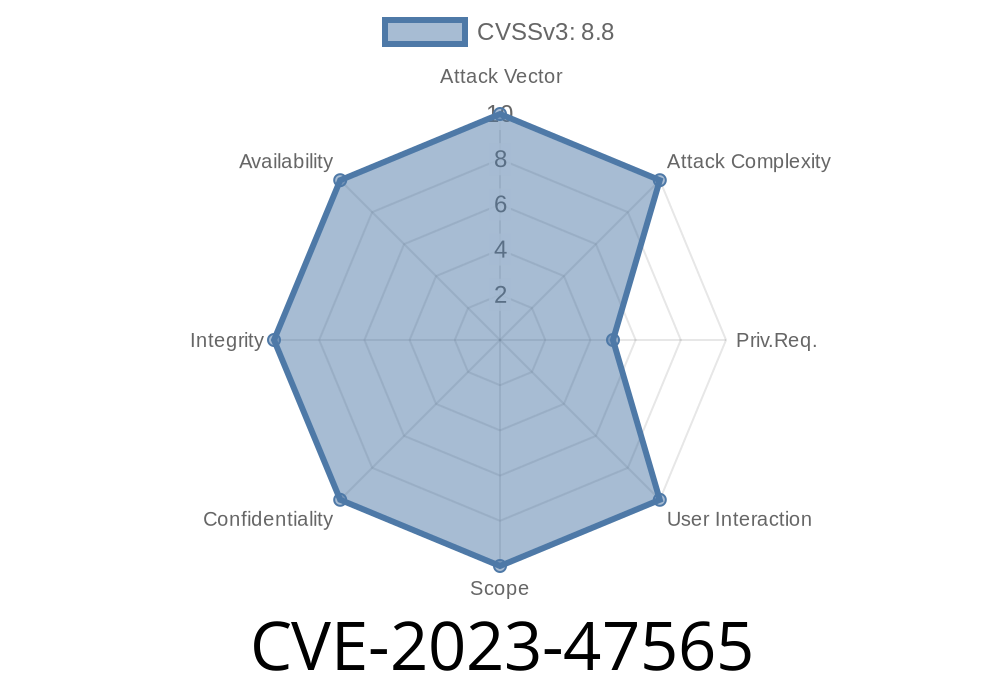A recent discovery has led to the identification of a vulnerability labeled as CVE-2023-47565, affecting legacy QNAP VioStor Network Video Recorder (NVR) models running QVR Firmware 4.x. This vulnerability takes the form of an OS command injection and could allow authenticated users to execute commands through a network when exploited. This post aims to detail the vulnerability, offer code snippets to demonstrate its impact, and direct users to the original sources and reports surrounding the issue.
Background on Legacy QNAP VioStor NVR Models
QNAP VioStor NVRs are specialized devices used for recording and managing IP camera surveillance footage. As a vital aspect of security infrastructure, it's essential to keep these devices up-to-date and free of vulnerabilities that may be detrimental to the system's integrity. However, despite tremendous efforts and advancements, researchers have discovered a vulnerability affecting several older models running QVR Firmware 4.x.
Vulnerability Details - CVE-2023-47565
CVE-2023-47565 (Common Vulnerabilities and Exposures) is a vulnerability that affects the QNAP VioStor NVRs. It permits authenticated users to execute arbitrary OS commands through the web interface, allowing for potential unauthorized access and control over the system.
The vulnerability is due to insufficient input validation and improper handling of user-supplied data, which could allow attackers to inject and run malicious commands. Below is a simplified code snippet that demonstrates how the command injection occurs:
def inject_command(user_input):
cmd = "command && " + user_input
os.system(cmd)
user_input = "malicious_command"
inject_command(user_input)
In the code snippet above, the inject_command function takes in the user_input and appends it to the cmd variable. The function then executes the final command through the os.system(cmd) call. By inputting a malicious command, it would execute alongside the legitimate command, exploiting the vulnerability and potentially causing harm or unauthorized access to the system.
Mitigation & Patch
QNAP has already addressed this vulnerability in QVR Firmware 5.. and later versions. Users are urged to upgrade their devices to the latest firmware, which can be found at the following link:
QNAP VioStor Firmware Download
Furthermore, administrators should also enforce strong access controls and monitoring systems to restrict access to system administration interfaces and prevent unauthorized access.
Original References and Reports
For a deeper understanding of the CVE-2023-47565 vulnerability and technical details surrounding the issue, please visit:
- CVE-2023-47565 Report
- National Vulnerability Database (NVD) Entry
Conclusion
The OS command injection vulnerability in legacy QNAP VioStor NVR models running QVR Firmware 4.x, CVE-2023-47565, poses a potential threat to the security and integrity of these systems. By taking the right precautions and updating affected systems to QVR Firmware 5.. or later, users can mitigate this vulnerability and maintain their security infrastructure. Additionally, following best practices by restricting access and monitoring user activity will enhance overall security and resilience against future vulnerabilities.
Timeline
Published on: 12/08/2023 16:15:16 UTC
Last modified on: 12/22/2023 02:00:01 UTC
